
Sand sedge
Sand sedge is an important feature of our coastal sand dunes, helping to stabilise the dunes, which allows them to grow up and become colonised by other species.

Sand sedge is an important feature of our coastal sand dunes, helping to stabilise the dunes, which allows them to grow up and become colonised by other species.
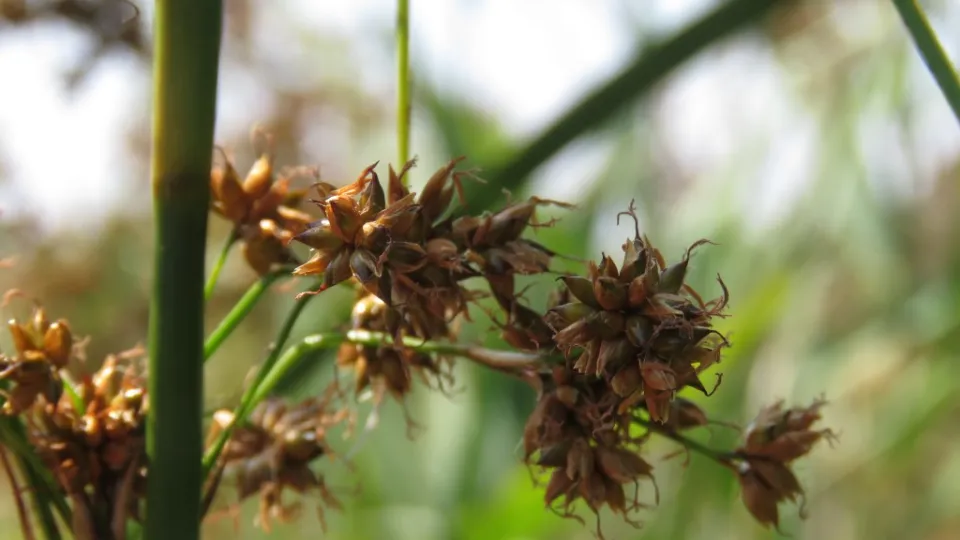
A tall and robust species of sedge, the Great fen-sedge has long leaves with sawtooth edges. It forms dense stands in lowland fens and around lakes.
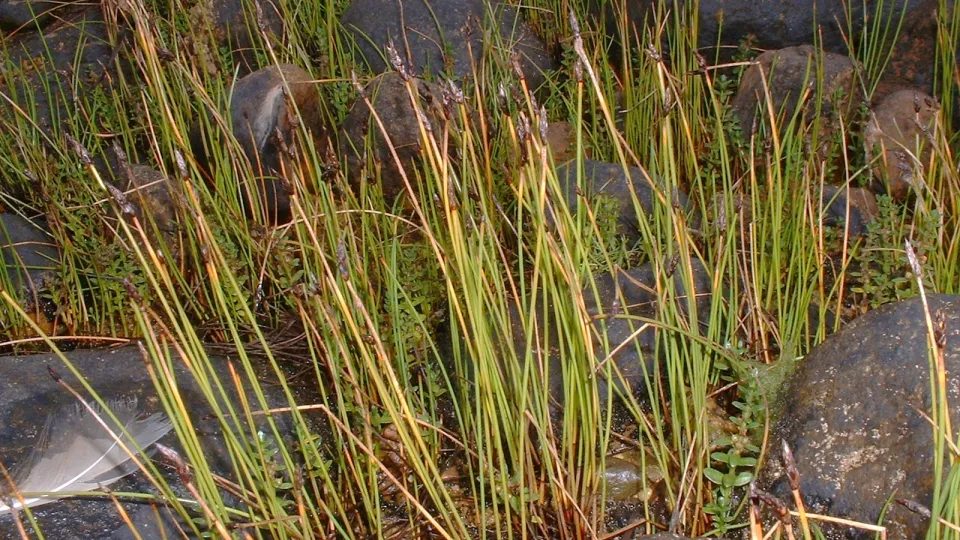
Forming mats of straight, bright green stems, Common spike-rush does, indeed, look like lots of tightly clustered 'spikes' near the water's edge of our wetland habitats.
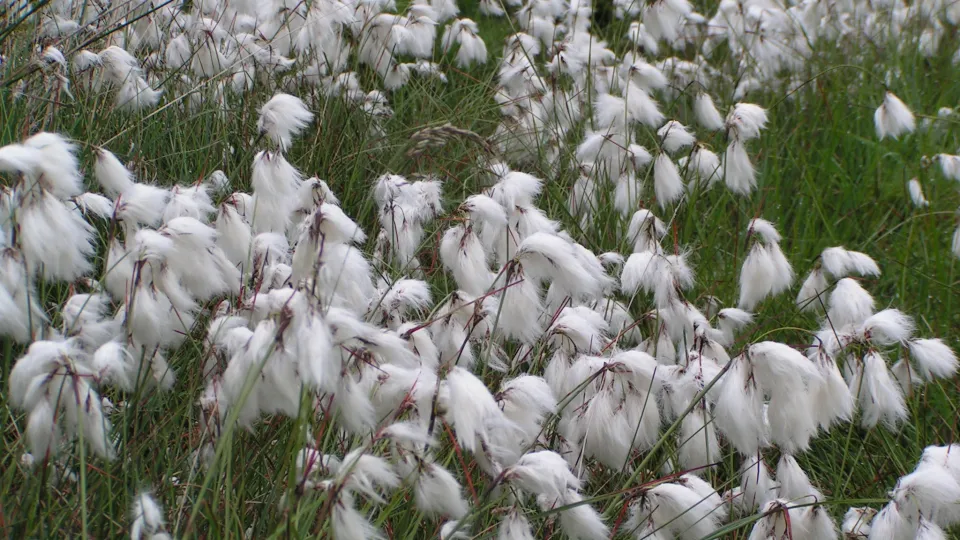
The fluffy, white heads of common cotton-grass dot our brown, boggy moors and heaths as if a giant bag of cotton wool balls has been thrown across the landscape!
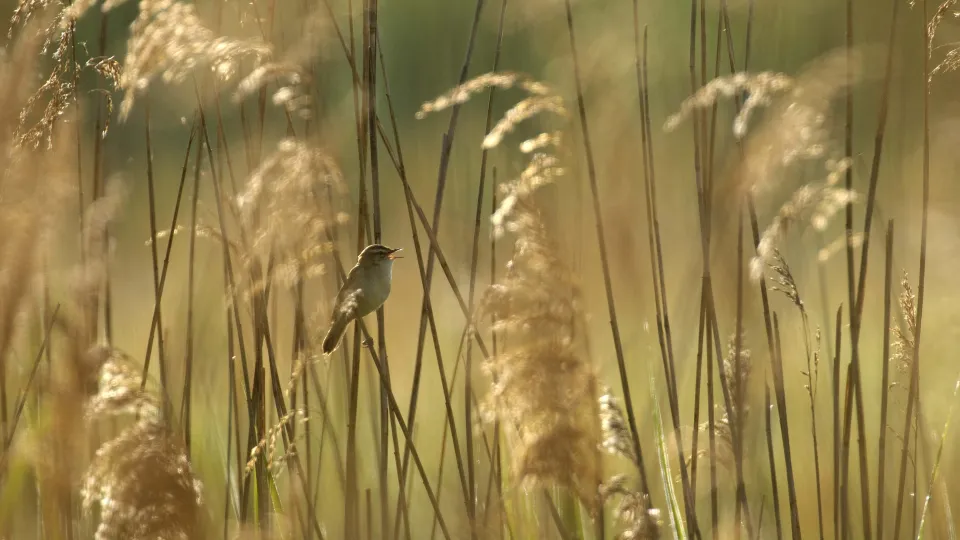
The extensive, golden-brown reedbeds that are formed by stands of Common reed are a familiar sight in our wetlands. They provide an important home for many species, including the rare Bittern.
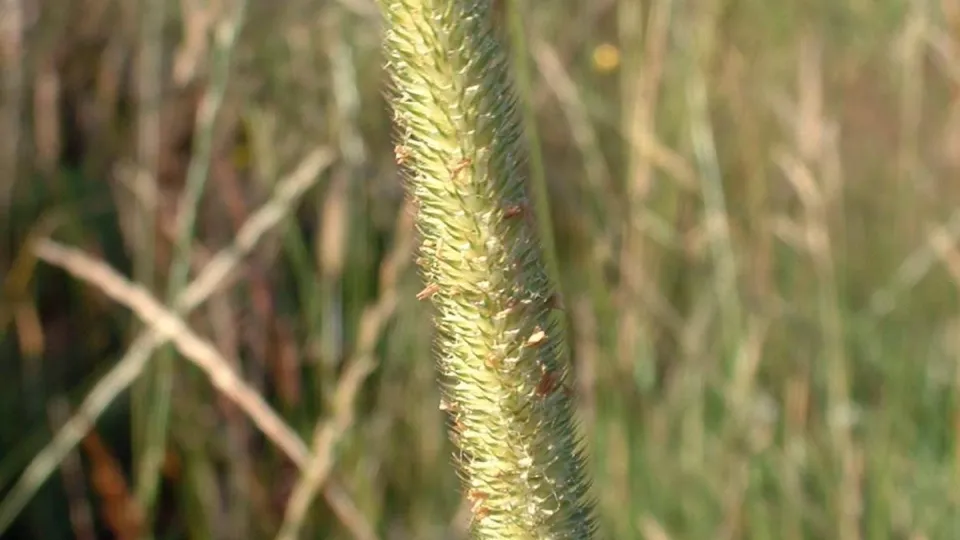
Timothy is a grass of meadows, arable land, waste ground and roadside verges. It is also cultivated as fodder for livestock. Look for slender stems and long, cylindrical flower spikes in summer.
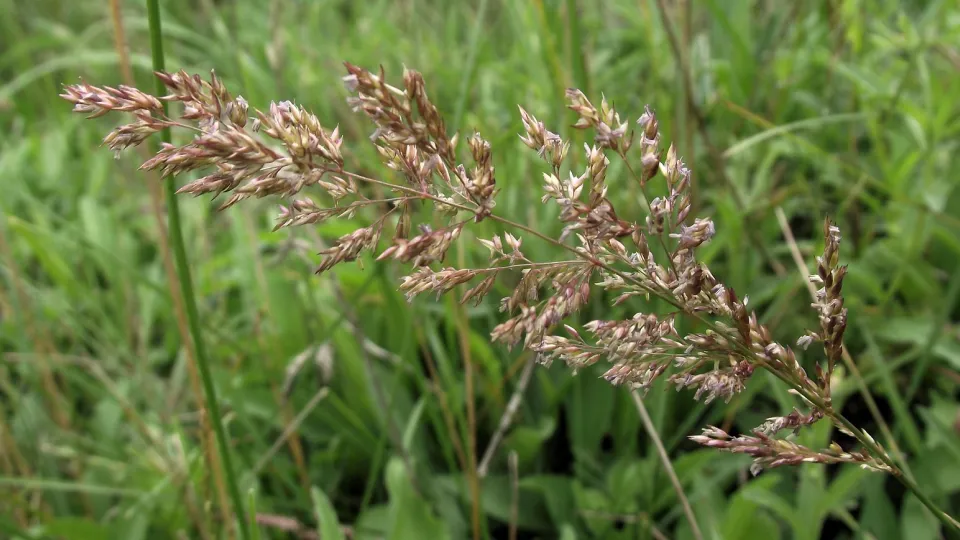
As its name suggests, creeping bent runs along the ground before it bends and grows upright. It is a common grass of arable land, waste ground and grasslands.
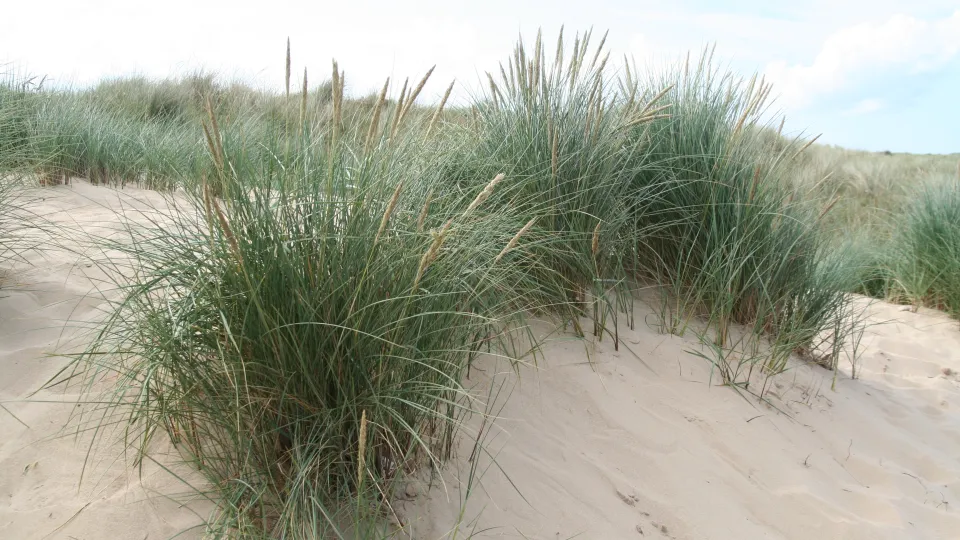
The dense, spiky tufts of Marram grass are a familiar sight on our windswept coasts. In fact, its matted roots help to stabilise sand dunes, allowing them to grow up and become colonised by other species.
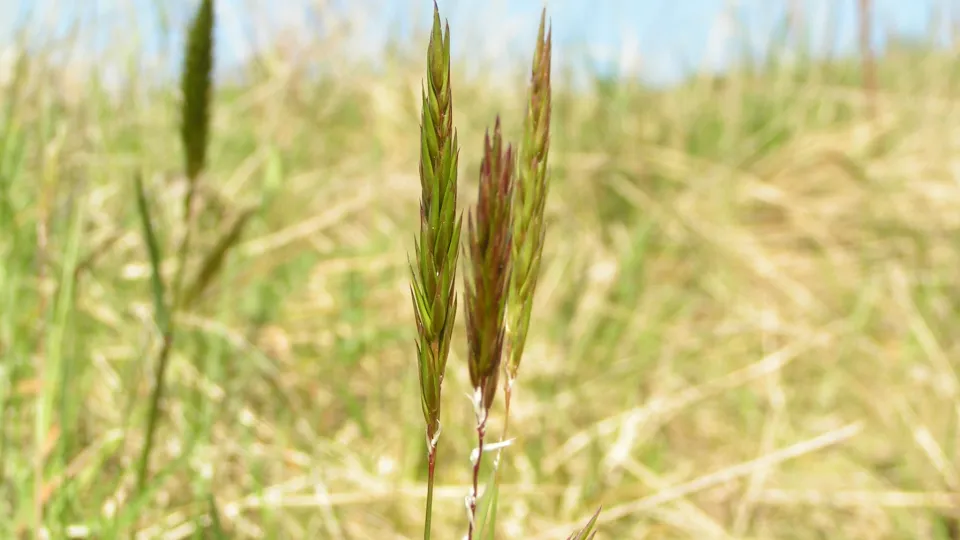
Flowering in spring, the cylindrical, densely packed flower spikes of Sweet vernal-grass are easily spotted in a meadow. It also tastes of sweet vanilla and was once a favourite 'chewing grass'.
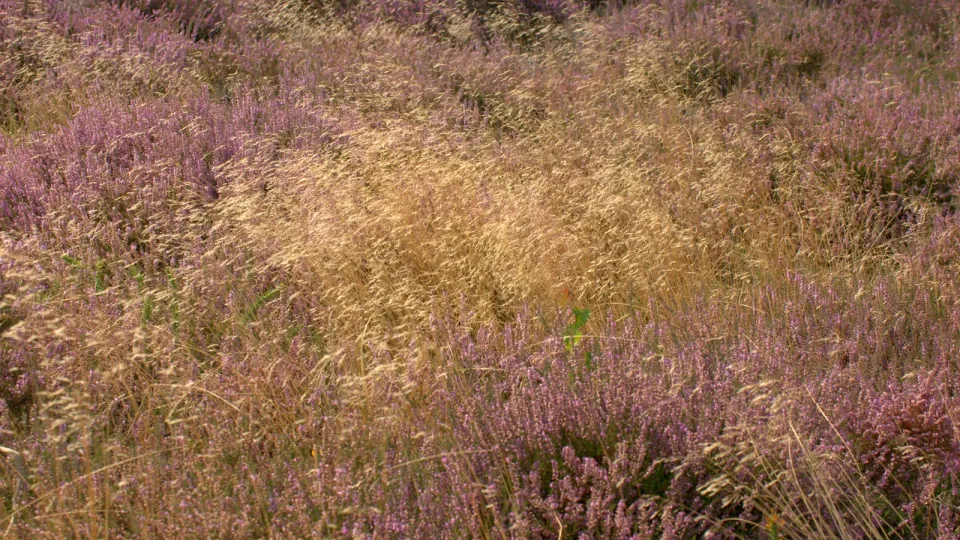
Wavy hair-grass lives up to its name: its fine, hair-like leaves and delicate flower heads can be seen shaking in the breeze of a windswept moorland or heathland.